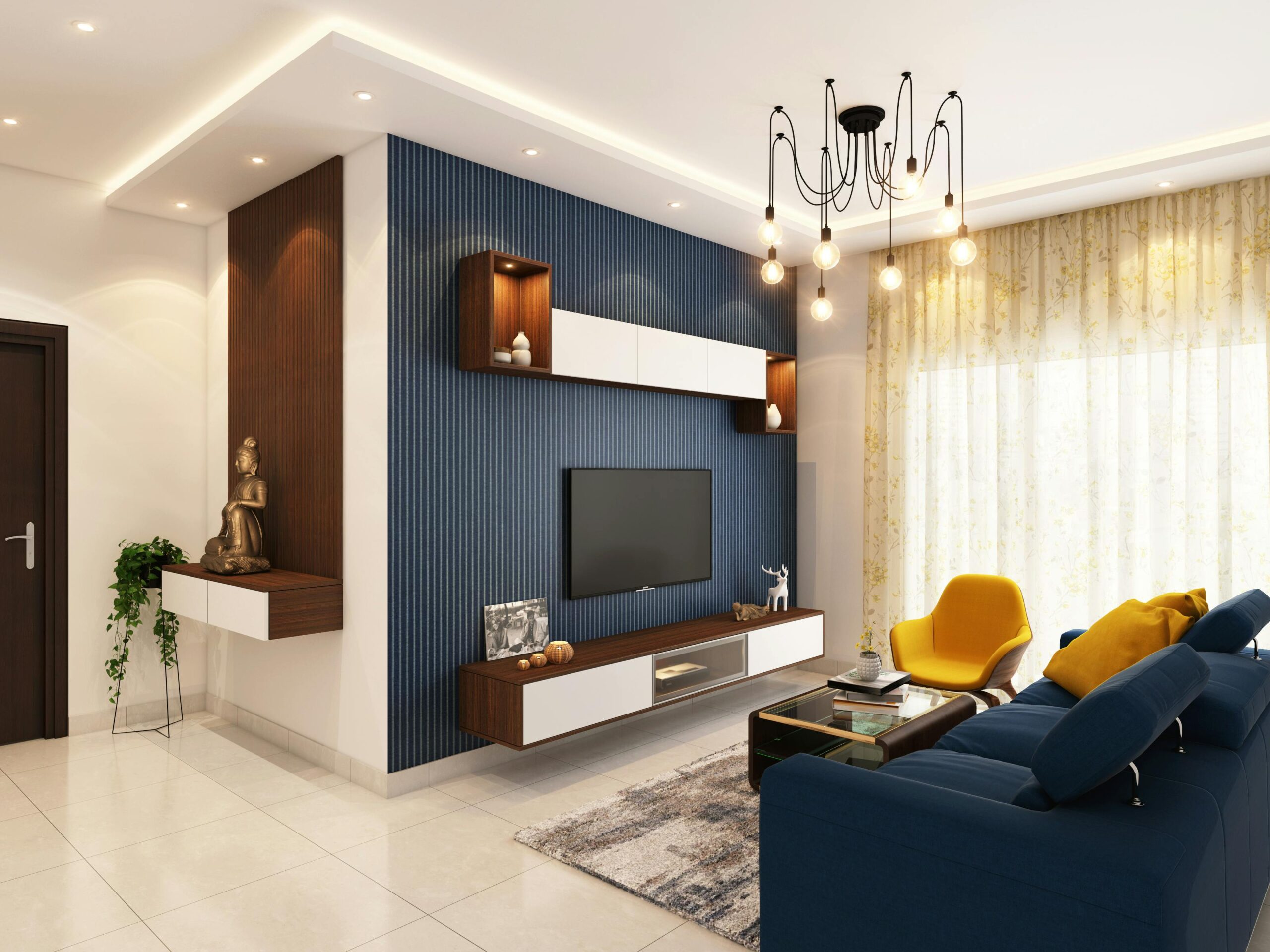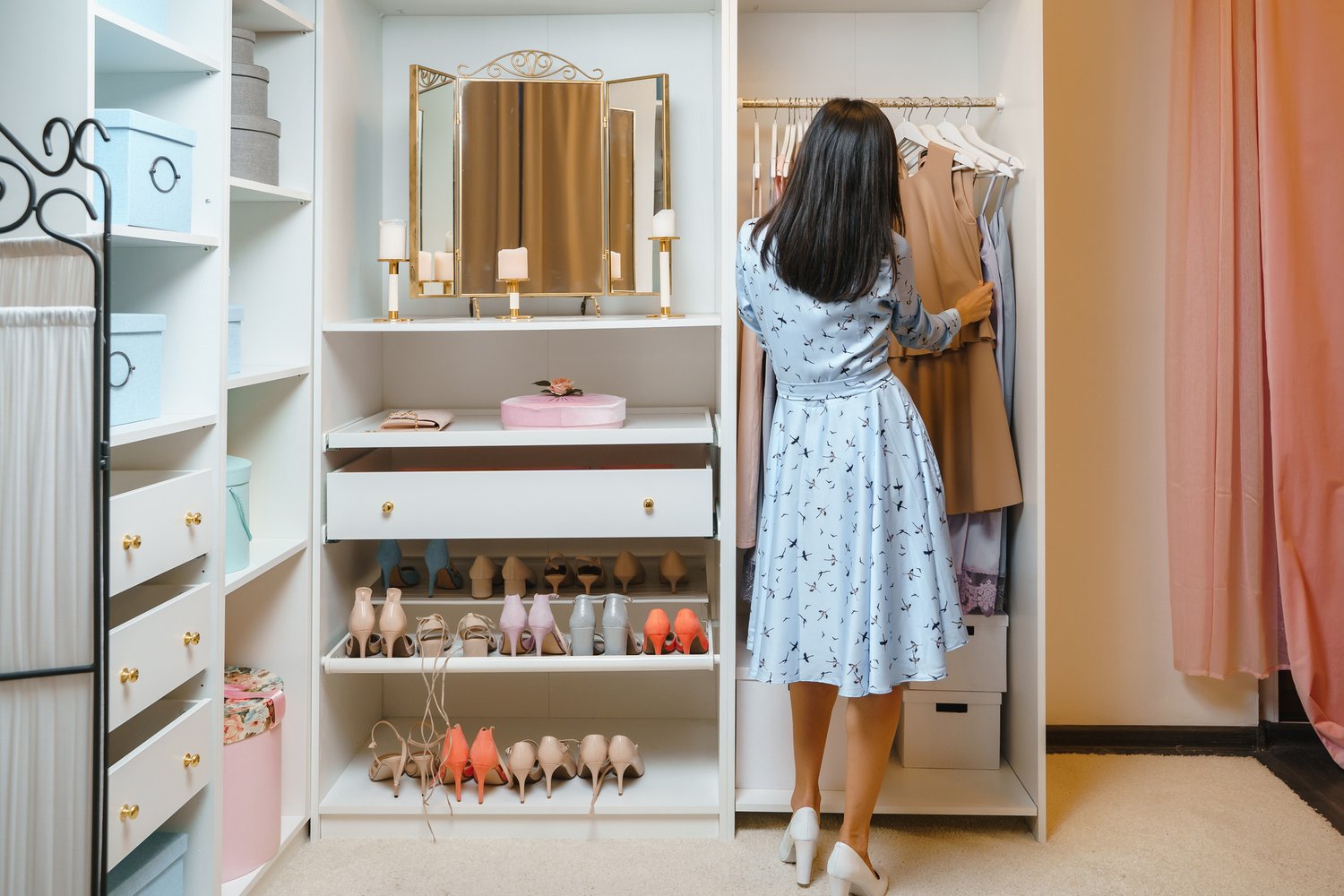In a world where minimalism has dominated design conversations for years, maximalist interior design ideas are making a dramatic and welcome comeback. This unapologetically bold approach celebrates abundance, personality, and the art of more-is-more styling. Through the intentional layering of colors, textures, and patterns, maximalism creates spaces that tell stories, evoke emotions, and reflect the unique character of their inhabitants. This article explores how to embrace this vibrant aesthetic while maintaining balance and purpose in your home.
Understanding the Essence of Maximalism
Maximalism isn’t simply about accumulating stuff—it’s a deliberate design philosophy that celebrates richness and complexity. Unlike minimalism’s “less is more” mantra, the eclectic maximalist style proclaims that “more is more,” embracing abundance as a form of self-expression. The aesthetic originated in the opulent interiors of the Victorian era but has evolved significantly, incorporating influences from various global design traditions, artistic movements, and personal storytelling elements. Today’s maximalism is about creating immersive environments where every corner reveals something interesting to discover, where bold patterns in home decor create visual excitement, and where collections are thoughtfully displayed rather than hidden away.
Mastering Bold Patterns in Home Decor
The cornerstone of maximalist design is the fearless use of pattern. Florals competing with geometrics, stripes dancing alongside animal prints—these combinations create visual interest and depth. When working with bold patterns, consider scale variation as your secret weapon. Mix large-scale patterns with medium and small ones to create a sense of rhythm throughout the space. A large floral wallpaper might be complemented by smaller geometric cushions and medium-scale striped curtains. Pattern mixing works best when there’s at least one common color tying the diverse elements together. Don’t hesitate to combine unexpected patterns—botanical prints can work surprisingly well with abstract designs when their color palettes harmonize.
The Art of Layering Colors and Textures
Color is perhaps the most powerful tool in the maximalist arsenal. Rich jewel tones like emerald, sapphire, and ruby create depth and luxury, while unexpected pops of neon or pastel add contemporary energy. The key to successful layering colors and textures lies in creating a cohesive palette despite the abundance. Select a foundation of 3-5 core colors, then add variations and accents around them. Texture brings these color stories to life—velvet, silk, wool, rattan, leather, and metal can all coexist in a maximalist space, creating tactile interest. Consider contrasting smooth surfaces with rough ones, shiny with matte, and soft with structured. Each texture catches light differently, adding dimension to your color story and preventing even the most vibrant palette from falling flat.
Curating a Maximalist Space with Intention
The difference between a thoughtfully curated maximalist space and chaotic clutter lies in intentionality. Successful maximalism requires editing and organization despite its appearance of spontaneous abundance. Start by identifying meaningful collections and statement pieces that deserve prominence. Group smaller items together rather than scattering them throughout the space, creating visual impact through curation. Consider negative space as a design element too—some breathing room between vignettes allows the eye to appreciate the complexity without exhaustion. Shelving, cabinets with glass doors, and wall displays can help organize collections while keeping them visible. Professional interior designers on AskHomey can provide guidance on how to arrange cherished items for maximum impact while maintaining harmony.
Balancing Statement Furniture with Decorative Elements
In the maximalist approach, furniture becomes an opportunity for expression rather than merely functional pieces. Consider sofas in rich colors or bold patterns, statement headboards, or distinctively shaped tables. When selecting furniture for a maximalist room, look for pieces with character—whether through unusual silhouettes, heritage craftsmanship, or unexpected materials. These anchor pieces establish the room’s personality. Layer in decorative elements that complement rather than compete with your statement furniture. A boldly patterned sofa might be enhanced by solid-colored cushions in complementary hues, while a simpler seating arrangement provides the perfect backdrop for elaborately framed art or sculptural lighting fixtures.
Creating Cohesion in Eclectic Maximalist Style
The greatest challenge—and reward—of maximalist design lies in creating cohesion among diverse elements. Even the most eclectic maximalist style requires thoughtful curation. One effective strategy is to establish recurring motifs, colors, or materials throughout a space. Perhaps brass elements appear in lighting, hardware, and small decorative objects, or a particular shade of blue runs through artwork, textiles, and ceramics. Repetition creates rhythm and reinforces intentionality. Consider, too, the architecture of your space—moldings, built-ins, and architectural details can be highlighted through color or used as framing devices for your maximalist vignettes, helping to organize visual information.
For more tips and to connect with reliable home service professionals, follow AskHomey on Facebook and Instagram.



